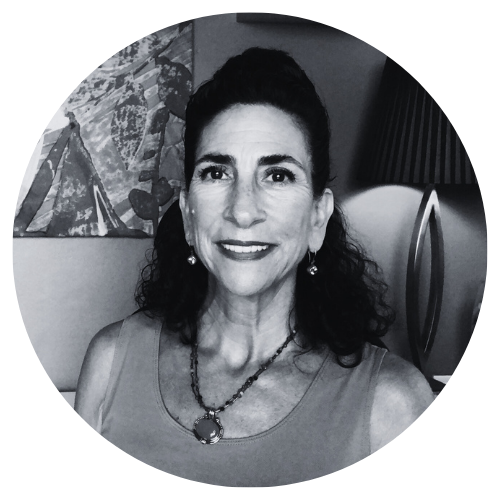In recent times, the buzz around shadow work and the profound healing it offers has become increasingly prevalent. Typically, discussions on shadow work revolve around confronting unresolved issues and traumas that linger in the depths of our lives.
Renowned psychoanalyst Carl Jung coined the term ‘Shadow’ to describe the subconscious mind’s concealed facets—those aspects we consciously choose to ignore or deny, opting to push them away instead of facing and embracing them. This denial often manifests as projection, where we unconsciously attribute our own feelings to others as a survival or, more precisely, a ‘denial’ mechanism.
The roots of our shadow often trace back to childhood or adulthood traumas. When we encounter distressing experiences without the emotional maturity to comprehend and process them fully, we tend to repress those emotions. However, these suppressed feelings persist, residing deep within our subconscious and energetic subtle bodies.
Engaging in shadow work becomes imperative to unravel these dormant energy knots that accompany us throughout our life’s journey. The shadow comprises various ‘unseen’ aspects of self, including denied experiences. As we delve into these shadows, we unveil the profound depth and pervasive impact they have on our relationships.
My personal encounter with my own shadow began amidst challenges in my interpersonal relationships. I sensed a missing piece within myself, an elusive key that could potentially unlock a path to personal improvement. Have you ever felt like you were overlooking something crucial but couldn’t quite grasp it? That was my perpetual state for a considerable time.
My enlightenment about Carl Jung and the concept of the shadow came during my college psychology courses, and it resonated deeply with me. I immersed myself in literature on the subject, turning myself into a project. I scrutinized my actions, delved into my thoughts, and traced them to my belief patterns.
The transformative journey involved questioning my own narrative, taking responsibility for my actions, and accepting that while I couldn’t change the past, I held the power to shape my present and move beyond the confines of my history. Unpacking triggers, pain-bodies, and projection mechanisms demanded discipline, hard work, and, admittedly, a considerable amount of courage. This process taught me not only self-acceptance but also how to love myself.
However, this isn’t a story of reaching some pinnacle; rather, it’s an ongoing exploration that I term ‘Project Know Thyself.’ Over the years, I’ve integrated my growth into my work with clients, incorporating tarot, numerology, chakras, and raw energy.
Despite the growing popularity of shadow work, I advocate commencing this introspective journey when emotions surface, bringing forth suppressed memories and feelings. These emotional eruptions signal from our higher self that the shadow is ready to emerge for healing.
Guiding others through their shadow requires creating a non-judgmental space and genuinely empathizing with their struggles. Acknowledging that their shadow is also my shadow is crucial, as healing can only occur from a place of unity rather than separation.
My own shadow work traversed deep and dark terrain for many years. As I embraced self-acceptance and love, space emerged for my bright shadows to step into the light. As a child-empath and psychic, I spent my early adulthood concealing these abilities to conform to societal expectations. However, through inner work, I discovered that my intuition and sensitivities were bright shadows of a different hue—once suppressed, now surfacing with light, hope, and the promise of new beginnings.
But what exactly are bright shadows? They encompass our creativity, communication skills, and artistry—the authentic self that harbors immense potential to shine. Yet, due to self-sabotage, fear, and the fear of failure, many individuals shy away from sharing these gifts. I was one of them, until I wasn’t.
I’ve encountered individuals with no dark shadows, yet they grapple with a sense of purposelessness and a lack of connection or enthusiasm for life. Unearthing their bright shadows, those innate talents and passions, often becomes the key to unlocking fulfillment and purpose.
One client, whom we’ll call Rudy, appeared successful with a good marriage and health, yet he felt a lingering sadness and anxiety. Through our work, we discovered his love for journaling, short stories, and poetry, which he kept hidden due to a belief that he wasn’t ‘good enough.’ Once he embraced and shared his creative pursuits, a newfound sense of purpose and fulfillment blossomed.
Many people harbor creative talents but hesitate to pursue them due to a fear of inadequacy. During the COVID-19 pandemic, some clients turned to creative hobbies, discovering hidden talents that not only provided a distraction but also fostered calm, connection, and heightened self-esteem.
Shadow is shadow, and uniting the dark and bright aspects within oneself is undeniably liberating and life-affirming. I am continually fascinated by our capacity for self-healing, and it brings me immense joy to assist others in understanding and embracing aspects of themselves that may seem elusive. Together, as we illuminate our shadows, we contribute to the collective healing of the world.
Remember, as you rise, I rise, and as I rise, we rise together.
“As above so below
–Hermes Trismegistus
As within so without
As the Universe so the Soul “


